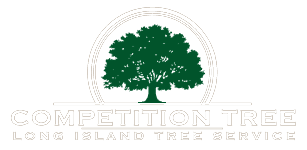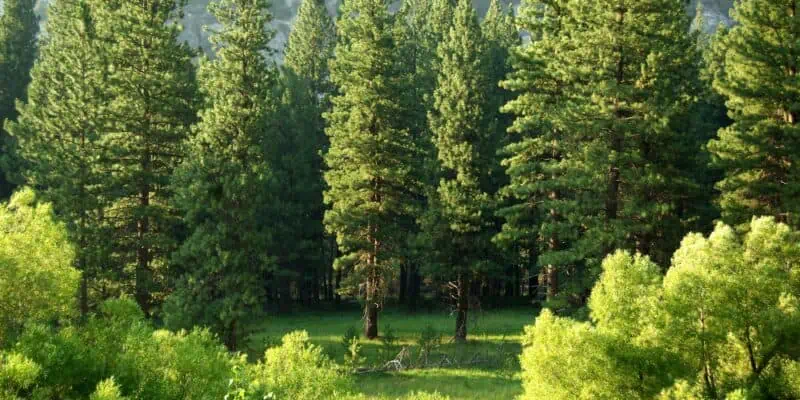Use our Tree Planting Guide for the Perfect Tree Selections
Choosing Trees That Harmonize with Your Outdoor Space
When it comes to landscaping, choosing the right tree species can have a significant impact on the overall aesthetic and functionality of your outdoor space. Before diving into the world of tree planting, it’s essential to assess your landscape and understand your specific needs. Consider factors such as available space, soil conditions, climate, sunlight exposure, and maintenance requirements.
Different trees thrive in different environments. Some prefer well-drained soil, while others can tolerate moist or compacted soil. Understanding your landscape’s characteristics will help you make informed decisions and select tree species that will flourish in your specific conditions.
The Perfect Tree Species for Every Outdoor Haven
Choose the perfect trees for your landscape:
- Small Gardens and Urban Spaces: Opt for compact and ornamental trees like Japanese maple or dogwood.
- Privacy Screens and Windbreaks: Select Leyland cypress or arborvitae for year-round coverage and natural barriers.
- Flowering Trees: Add vibrant colors and fragrances with cherry, magnolia, and redbud trees.
- Shade Trees: Find relief from the sun with oak, maple, and beech trees that provide ample shade.
Remember, these examples are just a glimpse of the numerous tree species available to suit your preferences and needs.
Maintaining Healthy Trees: Essential Factors for Long-Term Care
While selecting the right tree species is crucial, it’s equally important to consider the maintenance and care requirements associated with each tree. Some trees require regular pruning, while others may need specific soil amendments or fertilization.
Consider the following maintenance factors:
- Size and Growth Rate: Determine how large the tree will grow at maturity and whether it fits your available space. Fast-growing trees may provide quick results, but they may also require more frequent pruning and maintenance.
- Watering and Irrigation: Different tree species have varying water requirements. Ensure you choose trees that match your landscape’s water availability. Some trees are drought-tolerant, while others need consistent moisture.
- Pest and Disease Resistance: Research the tree species’ resistance to pests and diseases prevalent in your area. Choosing disease-resistant and resilient tree species can minimize the need for pesticide applications and ensure the long-term health of your trees.
- Seasonal Considerations: Consider the tree’s behavior during
Environmental Considerations for Tree Planting
When choosing tree species for your landscape, it’s important to consider the environmental impact of your selections. Trees play a crucial role in mitigating climate change, improving air quality, conserving water, and providing habitat for wildlife. Here are some environmental considerations to keep in mind:
- Native Species: Opt for native tree species whenever possible. Native trees are well-adapted to the local climate and soil conditions, making them more resilient and requiring less maintenance. They also support local ecosystems and provide food and shelter for native wildlife.
- Invasive Species: Avoid planting invasive tree species that can outcompete native plants, disrupt ecosystems, and cause environmental damage. Research the invasive species list for your region and ensure you choose non-invasive tree species.
- Carbon Sequestration: Some tree species are more effective than others at sequestering carbon dioxide, a greenhouse gas responsible for climate change. Consider planting trees with high carbon sequestration potential, such as oak, pine, or cedar, to contribute to carbon reduction efforts.
- Water Conservation: Trees can help conserve water by reducing soil erosion, preventing runoff, and improving water infiltration. Select tree species that have low water requirements or are drought-tolerant to conserve water resources in your landscape.
Why Professional Advice is Key in Tree Selection
Seeking professional advice when choosing tree species for your landscape is essential. Arborists, horticulturists, landscape designers, and knowledgeable staff at local nurseries can provide valuable insights and recommendations. Their expertise will help you assess your landscape, understand your goals, and select tree species that will thrive in your specific environment. Investing in professional advice can save you time, effort, and money while ensuring informed decisions and avoiding mistakes.
The Power of the Right Trees: Creating Beauty, Functionality, and Sustainability
Choosing the right tree species transforms your landscape into a beautiful, functional, and sustainable environment. Understand your landscape, consider popular tree species, evaluate maintenance, incorporate environmental factors, and seek professional advice for informed choices.
Let Competition Tree support you in selecting the perfect trees for your landscape. With careful planning, your landscape will flourish with beauty and benefits. Start your tree planting adventure today and thrive with Competition Tree.

